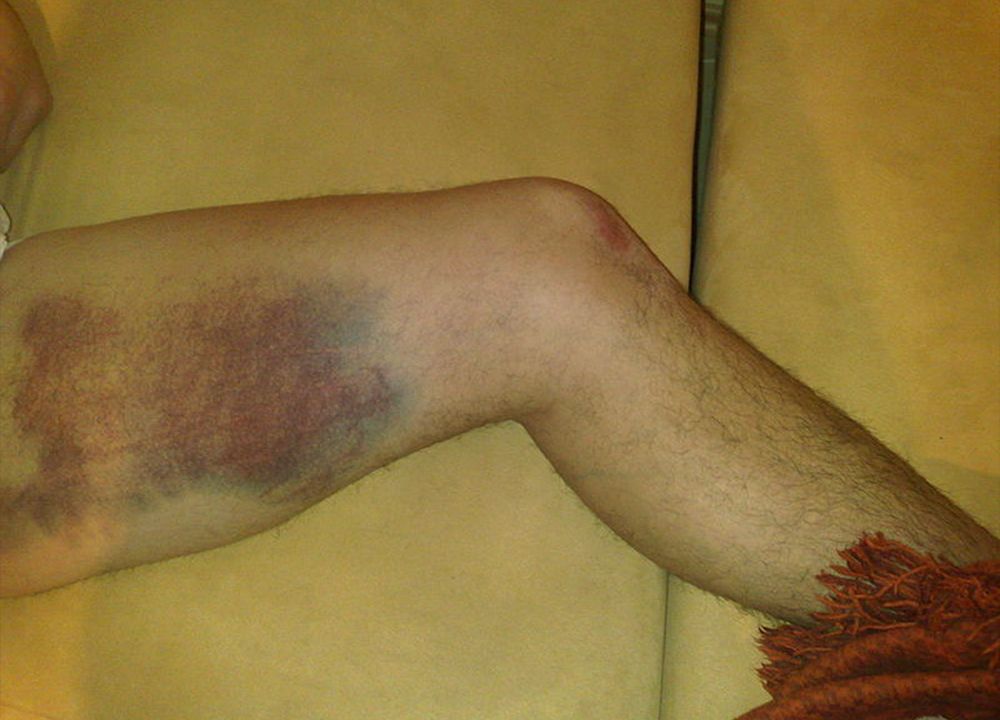Getting a real stretch proceeding before and following your workouts is essential for dodging injury and enhancing flexibility. However, it can be easy to overdo it and beat your physical boundaries, notably if you tend to push yourself while you’re working out. It’s surprisingly manageable to form an adequately stretched muscle, which sets you up for a great workout, including recovery, to an overstretched muscle. It can lead to muscle strain and injuries.
In this article, we’ll evaluate what it seems like when you stretch your muscles too far, furthermore how to manage and prevent injuries that are likely to occur as an outcome of overstretching.
How do You Know If You Are Overstretching?
As crucial as stretching is to your fitness practice, overstretching occurs when you stretch your muscles exceeding their potential in terms of flexibility and range of motion. Stretching should not be uncomfortable; however, an acute or stabbing pain indicates that you’re stretching your muscles, exceeding their potential for flexibility.
Likewise, you can drive the body into points which can harm the joint’s tissues that had previously restrained the range. Many people already possess hypermobility, which can burden one particular area to achieve a climactic series of flexibility with no thought of what the actual cost is.
 Overstretching
OverstretchingOverstretching Injury
At times through a stretching routine, yet more presumably while occupied in a workout or playing a sport, overstretching might emerge in the form of a strain or a sprain. A typical dilemma is when exercise enthusiasts stretch while the muscle is yet cold. There is a chance of inducing “micro” tears by attempting to lengthen muscles in a compressed position.
If you endure delayed muscle soreness that occurs about one to two days following your stretching, the discomfort is due to tiny tears in the muscle. Indications of a strained muscle depend upon the rigor of your pain. Signs might involve pain, inflammation, muscle spasms, and the restrained capacity to move the tender muscle.
The lack of adequate movement puts a strain on substantially all other structures — ligaments, tendons, joints, bones, and multiple muscles. The body seeks to compensate for this unusual tendency and utilizes up more strength and doubles the chance of injury.
 Overstretching
OverstretchingHow to Recover From Overstretching
The first thing to do if you have a strain or a sprain is to discontinue the movement you were doing when you underwent the pain, and rest. This is the primary step of the familiar R.I.C.E. approach. The additional measures in R.I.C.E. are:
- Ice: Apply an ice pack to the region for around 20 minutes on the hour, or as frequently as feasible. However, do not leave an ice pack on for longer than 20 minutes at a time. Evade putting the ice pack directly on the skin. Clothe it in a towel, preferably. You can likewise use a bag of chilled vegetables as an ice pack.
 Overstretching
Overstretching- Compression: Cover the injured area, such as your thigh or abdomen, in a stretchy bandage. Wrap it snugly, yet not so firm that it cuts off blood flow.
- Elevation: Elevate the strained muscle with cushions while icing at or over the level of your heart.
It is essential to begin implementing this approach as promptly as attainable after the pain and to resume for at least 48 hours. If, following some days of executing R.I.C.E., you’re not enduring recovery, schedule an appointment with your doctor. You might require a cast, or if you have a severe injury, surgery might be necessary.
How to Avoid Overstretching
You can restrict the pain and inconvenience of overstretched muscles by implementing a few mere guidelines:
- Warmup before your exercise: Working out with cold muscles enhances the dangers of overstretching. Perform five to ten minutes of light cardio as well as some distinct warmup exercises for the muscles you will be working on.
 Overstretching
Overstretching- Work on flexibility: Flexibility and mobility practice is an essential part of any strength-training application. Although helpful, many strength-training exercises induce the muscles to shorten, which can limit flexibility and develop the prospect of overstretching.
Post-workout, do stretches for all your primary muscle groups, particularly those you just worked. For instance, if you trained your upper body, do a few stretches for your chest, arms, and back. If you went for a prolonged run, stretch your quads, hamstrings, and calves. Hold each stretch for at least 20 seconds.
Overstretching can additionally induce a muscle strain if you go too far. Stay attentive, and don’t push yourself exceeding your muscle’s natural flexibility. While stretching, you might undergo a mild sensation of discomfort; however, you should never sense pain.
- Hydrate: According to Trinity Orthopedics, dehydration enhances the danger of orthopedic impairments, including muscle pulls. Drink at least 20 ounces of water within two hours of your exercise; then drink 7 to 10 ounces of water each 10 to 20 minutes throughout your workout. Drink 8 ounces of water at the end of your training and proceed hydrating during the day and evening.
When to See a Doctor
You should consult your doctor if you encounter more severe symptoms:
- You heard a pop in the muscle at the time of impairment.
- Your injury, inflammation, and bruising are severe.
- Your muscle traits do not settle within 48 hours.
- You have severe back pain that makes you incapable of carrying out your everyday activities or have moderate back pain that worsens over the following few days.
Word of caution
One of the most reliable approaches to dodge overstretching is to listen to your body. Mindfulness and staying present with both the actions that you’re doing and how they sense will serve you to understand when your body has arrived at a limit of what it can do.
If you sense any discomfort or if something feels off at any point through your exercise, back off. It’s considerably better to develop strength and adaptability over time than risk impairment to your muscles, which will make you worry.
Also Read; How To Tackle The After Effects Of Overtraining

